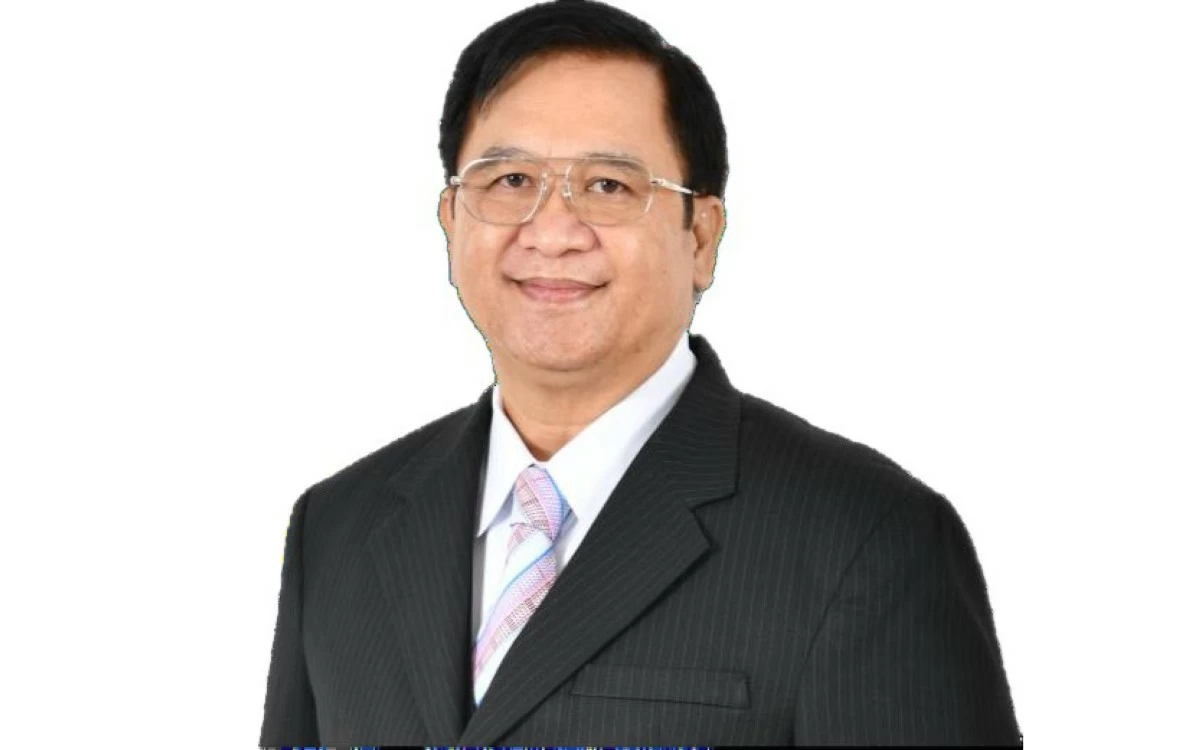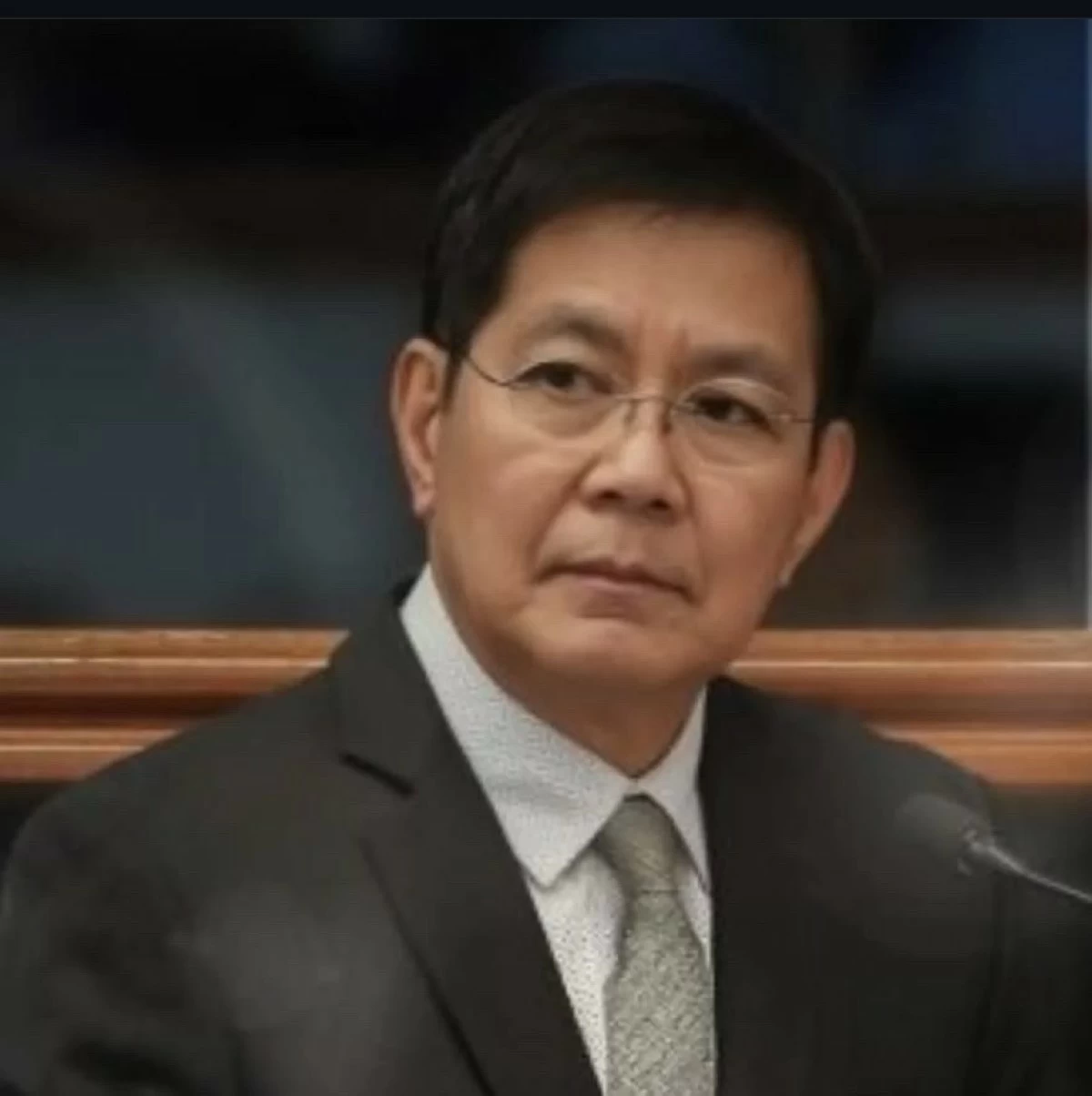
Upgrade to High-Speed Internet for only ₱1499/month!
Enjoy up to 100 Mbps fiber broadband, perfect for browsing, streaming, and gaming.
Visit Suniway.ph to learn

BARRACKS AND STRATEGY
The change of command is more than just a formality in military tradition; it is the solemn transfer of authority and duty. It shows the institution's resilient capability, mission clarity, and continuing service. The Philippine Army marked this historic event on July 31, 2025, when Lt. Gen. Roy M. Galido, the 66th Commanding General, officially handed over command to Lt. Gen. Antonio G. Nafarrete, the current 67th commander.
The event defined the conclusion of one command and the start of a fresh era, one influenced by modern threats. The Army was experiencing a strategic shift from internal security operations to territorial defense when Lt. Gen. Galido took over as commander in 2023. He boldly advanced this change, completely embracing it.
His actions were based on the Army's primary duty to develop, organize, equip, train, and sustain its forces. He upgraded the Military Police, formed the first-ever combat engineer regiment, and reorganized units for new missions. He introduced the one factory training concept to unify and standardize the conduct of basic military training for all soldiers. A more dynamic and prepared land force was demonstrated by the Army's capacity to deploy, maneuver, and sustain combat units across regions through the large-scale exercise CATEX "Katihan." Galido integrated armored vehicles, communications equipment, and modern weaponry systems. He launched professional development programs, mental health initiatives, and infrastructure projects to prioritize the welfare of the soldiers. He summed up the transition during CATEX Katihan by saying, "We now need to change our mindset and our doctrines focusing on defending our country."
Under his leadership, the Army grew more responsive, flexible, and capable to handle the intricate problems of national defense. President Ferdinand Marcos Jr. praised Galido's leadership during the Change of Command event and posed a direct challenge to the new commander. “You will be assuming your role at a time when geopolitical tensions and global uncertainty are high. This will demand your vigilance and leadership to deliver clear direction and to show a firm commitment.”
The stakes for Army leadership have never been higher with the escalating tensions in the West Philippine Sea. Both the weight of command and the confidence that Lt. Gen. Nafarrete would meet it head-on were acknowledged in the President. Lt. Gen. Nafarrete assumes command with a solid record, having led joint forces under Western Mindanao Command and led army operations in Mindanao. His human-centered leadership philosophy, however, is his greatest asset.
He presented a five-point command directive in his acceptance speech that covered financial well-being, health, education, morale, and personnel. “Under my command, our focus will be centered on human capital development—a mission within our mission—to invest not just in what we fight with, but in who fights,” Nafarrete said. He stated that creating a resilient, knowledgeable, and driven workforce is more important for success in the modern era than relying solely on technology or data.
Lt. Gen. Nafarrete has a clear vision, but he also has clear obstacles to overcome. The Army needs to transform from a counterinsurgency force to a reliable partner for territorial defense, given China's aggression in the West Philippine Sea. This requires far greater maritime land-defense readiness, rapid force mobilization, and increased interoperability with allies.
The Army must adjust to invisible but equally destructive dangers as conflicts move from jungle combat to cyberspace and psychological operations. The Army's disaster response duties will only increase as typhoon and earthquake threats climb due to climate change; this calls for improved logistics, training, and asset prepositioning. Long-term institutional strength will depend on maintaining the momentum of Galido's reforms, which include military education, training facilities, and the battle against antiquated systems.
The core tenet of Nafarrete's leadership is that soldiers must be supported physically, psychologically, and emotionally. His assessment of contemporary warfare strikes a deep chord: “We are entering an era where wars are not only fought with bullets, but also with bytes. Where borders are tested not just by battalions, but by bandwidths. Where battles can be won or lost through morale, awareness, and unity.”
Lt. Gen. Roy Galido leaves a legacy of change, having modernized the Army's strategy, strengthened its organizational structure, and professionalized its personnel. Lt. Gen. Nafarrete starts with a bold vision: putting the Filipino soldier at the forefront of change, readiness, and resilience.
With Galido’s legacy as its backbone and Nafarrete’s vision at the helm, your Army stands ready—not just to defend our borders, but to uplift the nation.
The ceremony for the change of command was more than just tradition. Hope, impetus, and missions were transferred. The Army needs to be human at its core, disciplined in tradition, and strategic in direction, and these two soldiers portray this.
In every challenge ahead, the Philippine Army marches forward with strength, purpose, and the unwavering spirit of the Filipino soldier.
(Lt. Gen. Aurelio B. Baladad (Ret) served as the 8th commander of the Eastern Mindanao Command, the 32nd commander of the 3rd Infantry (Spearhead) Division, and the former deputy chief of staff for Operations, J3 of the AFP. He is now the VP for cooperative planning and marketing of PAFCPIC, a cooperative serving the active and retired AFP personnel.)




